According to recent studies, over 96% of homebuyers now begin their property search online, and more than 54% rely primarily on mobile real estate apps to explore listings and shortlist their dream homes. This shift means that businesses that fail to offer seamless digital experiences risk losing their customers to competitors who already provide one.
One of the most trusted names in real estate, Redfin has set a new benchmark for how people buy and sell homes online. In fact, Redfin was launched in 2004 and revolutionized property search with real-time listings, interactive map views, in-app agent communication, and built-in mortgage calculators. It proved that the right blend of technology and user experience can simplify what was once a complex, time-consuming process into a few effortless taps on a mobile screen.
With the rise of AI, AR/VR, and cloud-based technologies, the development of an on-demand real estate app like Redfin is more than just following a trend in California, USA. In fact, it is all about creating a platform that enhances convenience, trust, and engagement for modern buyers and sellers alike.
This blog will guide you in exploring the step-by-step development process to turn your real estate app vision into a powerful, revenue-generating product.
Step 1: Market Research & Strategy
- Define Target Users and Personas
To start the process, it is essential to identify your primary audience, including buyers, sellers, and agents. Creating detailed user personas helps in understanding their specific needs, challenges, and behavior patterns. As a result, you can design an on-demand real estate app that directly addresses user expectations and provides a smoother experience.
- Analyze Competitors
The next step is to study well-known competitors such as Redfin, Zillow, and Trulia. This analysis helps in identifying the successful features and strategies used by these platforms. Moreover, it reveals the gaps in their offerings to allow you to position your app with unique advantages.
- Identify User Pain Points and Trends
It is also important to observe the common issues users face in existing real estate apps, such as limited filters or outdated listings. Simultanesouly, keeping track of market trends like AI-driven insights, AR/VR property tours, and location-based services helps you plan for innovation. This understanding enables you to create an app that solves real problems and feels modern.
- Set Business Goals and KPIs
Finally, clear business goals must be defined before development begins. Setting measurable KPIs such as user growth, retention rate, and revenue targets ensures that performance can be tracked over time. These goals also help in aligning technical decisions with business objectives.
Step 2: Feature Planning
- List Core and Advanced Features
Once the strategy is set, the next step is to plan the features carefully with the help of an on-demand real estate app development company in California, USA. Core features include property listings, search filters, image galleries, and maps, whereas advanced ones involve AI recommendations, AR tours, or chat support. You can decide which to include first and which to add later by organizing them properly.
- Include MLS Listings, Filters, Maps
The inclusion of MLS data is vital to ensure that users always see accurate and updated property information. In fact, adding detailed filters helps users refine their searches easily, whereas maps improve navigation and visualization. Together, these features make the property search process quick and convenient.
- Add AI Insights, AR/VR Tours, Voice Search
Integrating modern tools such as AI insights, AR/VR property tours, and voice search enhances the user experience significantly. These technologies allow users to explore properties virtually and receive intelligent suggestions. Consequently, the app becomes more interactive, engaging, and competitive.
- Prioritize MVP vs. Future Features
As developing everything at once can be costly, it is wise to begin with a Minimum Viable Product (MVP). The MVP should include the most essential features required for launch and testing. Later, advanced features can be introduced through regular updates based on user feedback.
Step 3: UX/UI Design & Wireframing
- Map Buyer and Seller Journeys
Designing starts with mapping out how buyers and sellers will interact with the app. Understanding their journey helps designers identify the most important touchpoints and simplify the navigation process. As a result, users can easily move from one step to another without confusion.
- Create Wireframes and Prototypes
After the journey maps are finalized, wireframes and prototypes are created by the on-demand real estate app developers in California, USA to visualize the layout and design. These prototypes act as blueprints that help in testing the interface before full development. This approach ensures that potential design issues are identified early.
- Focus on Mobile-First and Clean Navigation
As most users browse through mobile devices, adopting a mobile-first design approach is necessary. The design should be visually appealing, easy to navigate, and optimized for different screen sizes. A clean and simple interface improves usability and increases user satisfaction.
Step 4: MVP Development
- Build Core Functionalities
The MVP phase focuses on developing only the key functionalities such as property listings, search filters, and map integration. In fact, starting at a small level helps in testing the main concept quickly and efficiently. This approach also reduces an on-demand real estate app development cost and time during the early stages.
- Choose Suitable Tech Stack
The selection of the right technology stack is a crucial decision that affects the app’s performance and scalability. The choice should depend on the type of features, expected user load, and platform compatibility. A well-chosen tech stack ensures long-term stability and easy maintenance.
- Integrate MLS and Map APIs
Integration of MLS and map APIs allows the app to deliver real-time property updates and accurate locations. These integrations make the data dynamic, reliable, and more engaging for users. Furthermore, they form the foundation for advanced location-based functionalities.
- Test MVP and Collect User Feedback
Once the MVP is ready, it should be tested with a limited audience to collect real feedback. This stage helps in identifying technical bugs and user experience issues. As a result, improvements can be made before the final launch based on the insights gathered.
Step 5: Integrations
- Connect MLS/RETS for Live Listings
To maintain accurate property information, an on-demand real estate app should connect to MLS or RETS systems. This integration enables automatic synchronization of listings in real time. Consequently, users always see the most recent and reliable data.
- Link CRM and Lead Management Tools
Integrating CRM systems helps real estate agents track leads and manage customer interactions effectively. It centralizes all client information and communication in one place. This feature enhances relationship management and boosts conversion rates.
- Add Payment and Analytics Systems
It is the top-most priority to add secure payment gateways that allow users to pay for premium features or advertising options. Similarly, integrating analytics tools helps monitor user behavior and app performance continuously. Together, these integrations improve both functionality and decision-making.
- Focus on Compliance and Data Security Measures
As the app will handle sensitive user data, compliance with privacy laws such as GDPR is necessary. Security measures like encryption, two-factor authentication, and secure APIs must be implemented. This builds user trust and protects the platform from potential threats.
Step 6: Development & Testing
- Use Agile Development Approach
It is crucial to adopt an agile development approach to ensure that the app is built in small, manageable stages. This allows the team to make improvements quickly based on feedback from each phase. As a result, the overall process becomes more flexible and efficient.
- Test Functionality, Speed, and Security
Testing should be conducted throughout development to check the app’s performance and reliability. In fact, functionality, loading speed, and security aspects must be verified under different conditions. As a result, regular testing ensures a seamless and stable user experience.
- Verify MLS Data Sync and App Stability
Continuous monitoring of MLS data synchronization guarantees that property details remain accurate. Additionally, stability tests help identify issues that may cause crashes or slow performance. These checks ensure that the app runs smoothly across various devices.
- Optimize for Multiple Devices
Finally, the app should be optimized for smartphones, tablets, and desktops. In fact, it is essential to ensure compatibility across platforms as it provides users with a consistent experience everywhere. This broadens the reach and strengthens user satisfaction.
Step 7: Launch & Marketing
- Conduct Beta or Soft Launch
Before the public release, conducting a beta or soft launch helps in identifying final issues. A smaller group of users can test the app in real-world scenarios. Their feedback ensures an on-demand real estate app development company in California that the final version performs as expected.
- Implement SEO and ASO Strategies
Search Engine Optimization (SEO) and App Store Optimization (ASO) are essential for improving visibility. These strategies help the app appear in top search results, attracting organic traffic. Therefore, they play a major role in increasing user acquisition at minimal cost.
- Promote Through Digital Marketing
Digital marketing campaigns, including social media ads, influencer partnerships, and email marketing, should be executed after launch. These activities build brand awareness and attract early adopters. In fact, effective promotion ensures that the app reaches its target audience quickly.
- Monitor Analytics and Refine Features
After launch, analytics tools should be used to monitor user engagement, retention, and performance metrics. The collected data provides insights into what works and what needs improvement. As a result, regular updates based on this feedback keep the app relevant and effective.
Step 8: Maintenance & Scaling
- Update Regularly and Fix Bugs
After the app is launched, continuous updates and maintenance are necessary. Fixing bugs and adding improvements show users that the app is actively supported. Constant updates also enhance performance and prevent security issues.
- Scale Infrastructure as User Base Grows
As the number of users increases, the app’s infrastructure should scale to handle more traffic efficiently. Cloud-based solutions can be used to ensure flexibility and high availability. This scalability ensures consistent performance under growing demand.
- Add New Technologies and Features
To stay competitive, new technologies and features should be added over time. In fact, features such as AI chatbots, smart notifications, and predictive analytics enhance user interaction. These additions make the app more advanced and future-ready.
- Expand into New Markets
Finally, once the app gains a strong local presence, expanding into new regions is the next step. Localization of language, currency, and property regulations makes it easier to attract international users. This expansion supports long-term business growth and brand recognition.
Conclusion
Building a real estate application like Redfin requires a strategic combination of innovation, technology, and user-centric design. The success of such a platform depends on how effectively it integrates advanced technologies to enhance both user experience and operational efficiency. In this rapidly evolving digital market, where customers demand speed, personalization, and transparency, businesses must focus on developing applications that go beyond basic property listings and instead deliver intelligent, interactive, and value-driven solutions.
The emphasis of ZimbleCode lies in creating applications that are both technologically robust and intuitively designed. In fact, ZimbleCode ensures that every app it develops contributes to a more efficient and informed property ecosystem by combining expertise in mobile development, real estate process automation, and emerging technologies. Ultimately, the journey to developing a successful real estate app like Redfin is about blending innovation with purpose which can be achieved best with the ZimbleCode team.
Frequently Asked Questions (FAQs)
Q1. How long does it take to build an on-demand real estate app like Redfin?
Typically, development takes between 4 to 8 months depending on features, complexity, and integrations.
Q2. What are the main challenges in real estate app development?
Ensuring accurate property data, user trust, and seamless third-party API integrations are major challenges.
Q3. What monetization models work best for real estate apps?
Subscription plans, premium listings, and Ad placements are the most common models.

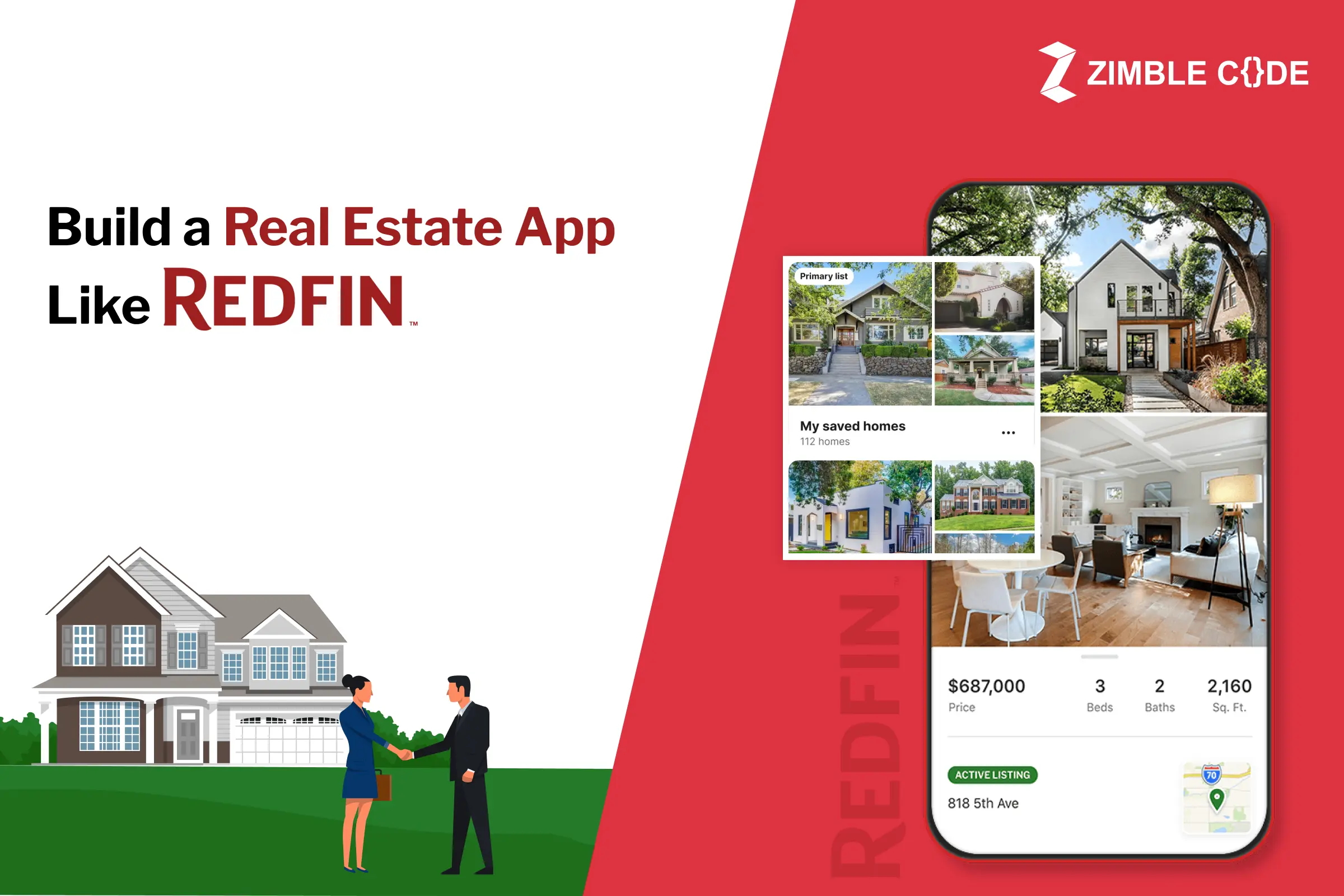


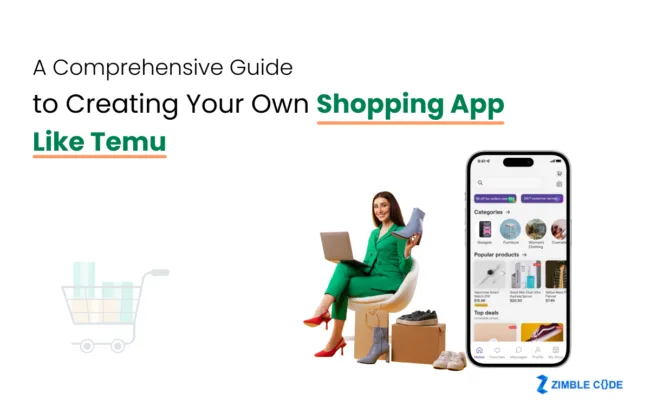
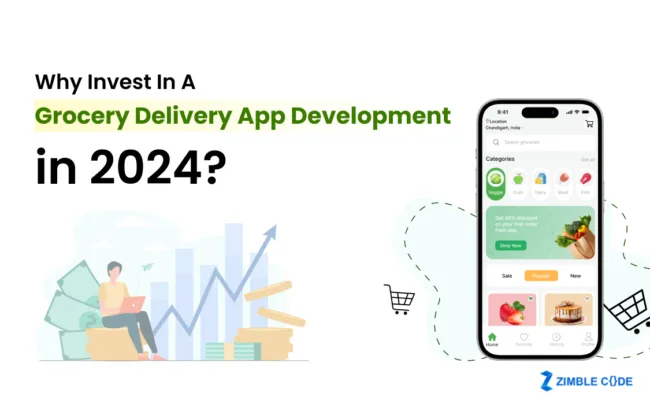
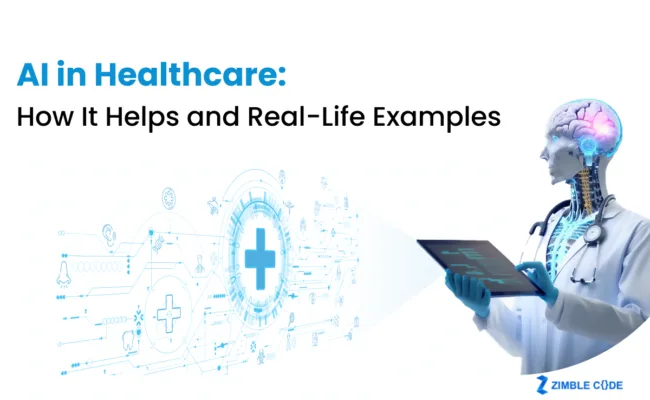
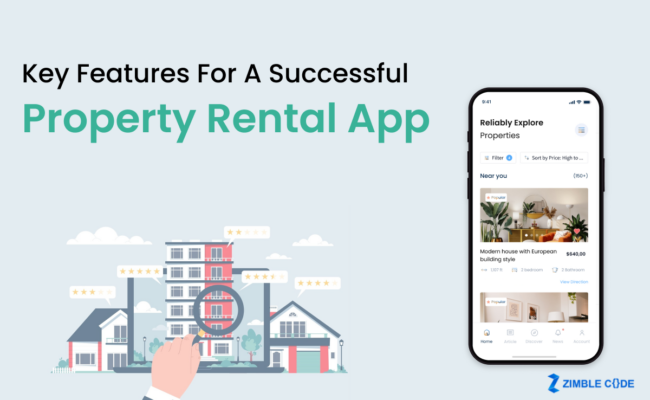
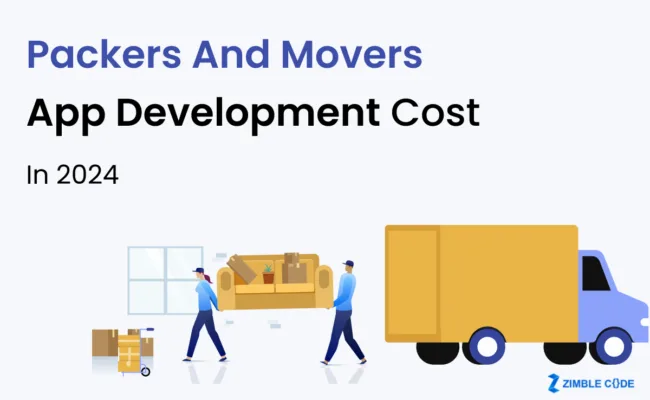
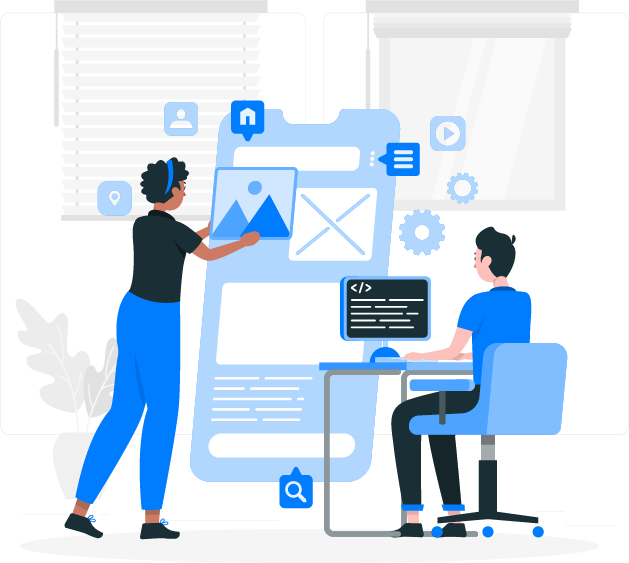
Leave A Comment